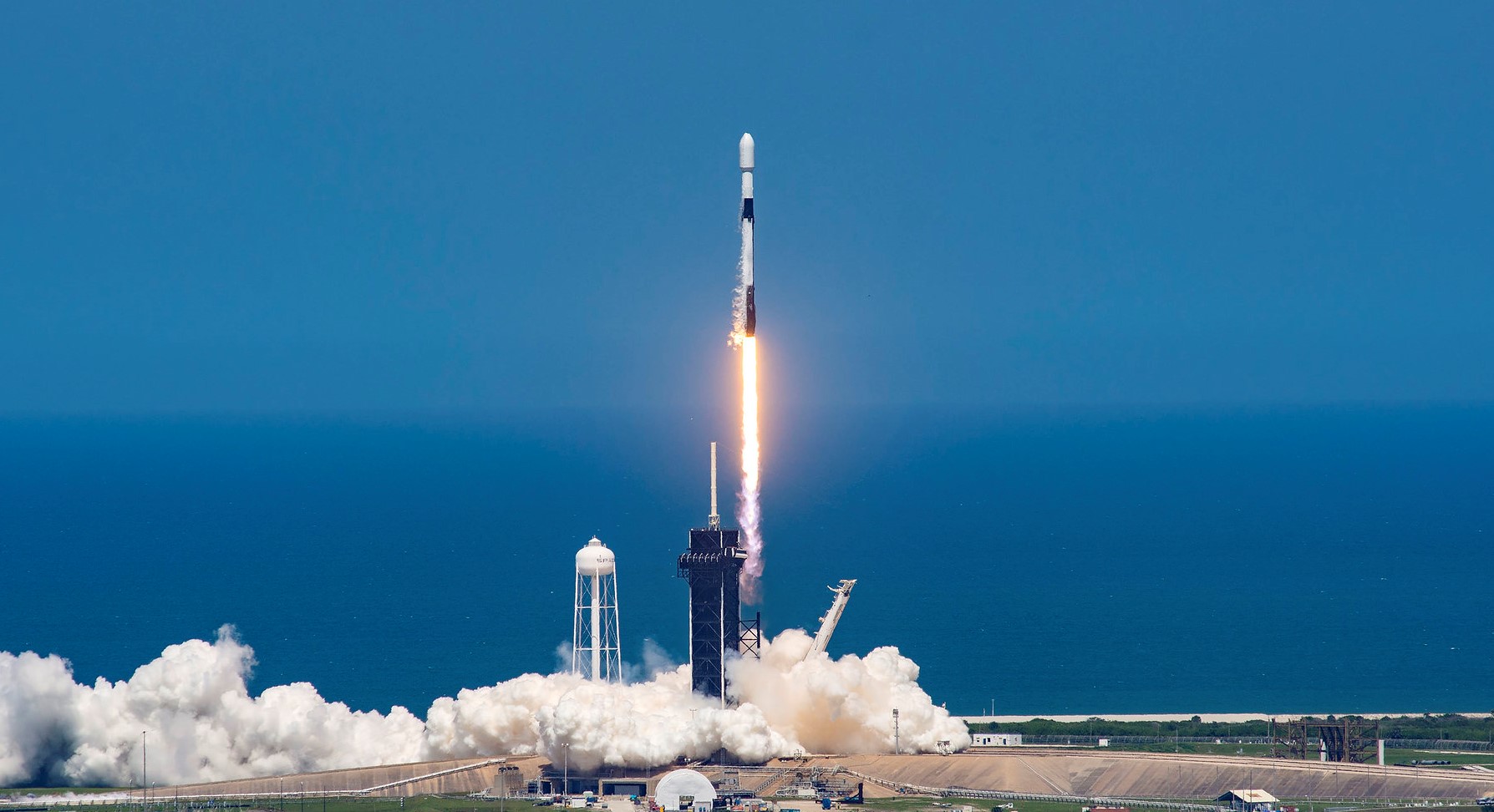
Press Event
NASA, NOAA Science News Conference on New Space Weather Missions
Kennedy Space Center, FL, USA Falcon 9 Block 5 | IMAP & others
NASA, NOAA Science News Conference on New Space Weather Missions, with the following participants:
- Joe Westlake, director, Heliophysics Division, NASA Headquarters
- David McComas, IMAP principal investigator, Princeton University
- Lara Waldrop, Carruthers Geocorona Observatory principal investigator, University of Illinois Urbana-Champaign
- Jamie Favors, director, Space Weather Program, Heliophysics Division, NASA Headquarters
- Clinton Wallace, director, NOAA Space Weather Prediction Center
- James Spann, senior scientist, NOAA Office of Space Weather Observations
Related Information
Falcon 9 Block 5 | IMAP & others
SpaceX | United States of AmericaKennedy Space Center, FL, USA
Sept. 23, 2025, 11:32 a.m.
Status: Go for Launch
Mission:
IMAP (Interstellar Mapping and Acceleration Probe) is a NASA mission to study interactions between solar wind and the local interstellar medium. Carrying a suite of 10 scientific instruments, IMAP is able to investigate how particles are accelerated, determine their composition, as well as help to advance space weather forecasting models. The IMAP launch also includes the space weather satellite SWFO-L1 (Space Weather Follow-On - L1) for NOAA and the GLIDE (Global Lyman-alpha Imagers of the Dynamic Exosphere/Carruthers Geocorona Observatory) mission to study far ultraviolet emission in the Earth's exosphere.
Heliocentric L1 B1096 - Flight Proven ( ) Just Read the InstructionsFalcon 9
Cygnus CRS-2 NG-23 (S.S. William “Willie” C. McCool)
Space Launch Complex 40 - Cape Canaveral SFS, FL, USAThis is the 23rd flight of the Northrop Grumman's uncrewed resupply spacecraft Cygnus and its 22nd flight to the International Space Station under th…
Falcon 9
Starlink Group 17-10
Space Launch Complex 4E - Vandenberg SFB, CA, USAA batch of 24 satellites for the Starlink mega-constellation - SpaceX's project for space-based Internet communication system.
Soyuz 2.1b/Fregat
Glonass-K1 No. 18 (Kosmos 2595) & Kosmos 2596
43/3 (43L) - Plesetsk Cosmodrome, Russian FederationGlonass-K1 are the third generation of satellite design for GLONASS satellite navigation system. GLONASS is a Russian space-based navigation system c…
Falcon 9
Nusantara Lima
Space Launch Complex 40 - Cape Canaveral SFS, FL, USANusantara Lima is an Indonesian geostationary communications satellite with a capacity of more than 160 Gbps.
Soyuz 2.1a
Progress MS-32 (93P)
31/6 - Baikonur Cosmodrome, Republic of KazakhstanProgress resupply mission to the International Space Station.
Falcon 9
SDA Tranche 1 Transport Layer B
Space Launch Complex 4E - Vandenberg SFB, CA, USATranche 1 Transport Layer B is one of six missions by the United States Space Force Space Development Agency (SDA) for the Proliferated Warfighter Sp…
Long March 7A
Yaogan 45
201 - Wenchang Space Launch Site, People's Republic of ChinaA Chinese military “remote sensing” satellite of unknown purposes.
Smart Dragon 3
Geely Constellation Group 05
Oriental Spaceport mobile launch ship - Sea Launch11 LEO communications satellites for Chinese car manufacturer Geely Automotive for testing autonomous driving/inter-vehicle communication services. T…
Falcon 9
Starlink Group 17-9
Space Launch Complex 4E - Vandenberg SFB, CA, USAA batch of 24 satellites for the Starlink mega-constellation - SpaceX's project for space-based Internet communication system.
Long March 6A
Yaogan 40 Group 03
Launch Complex 9A - Taiyuan Satellite Launch Center, People's Republic of China3 Chinese reconnaissance satellites of unknown purposes, officially reported as for "Electromagnetic environment probing".



